A short day today with just a few view stops before an afternoon in AKureyri, the capital of the north, Iceland’s second city.
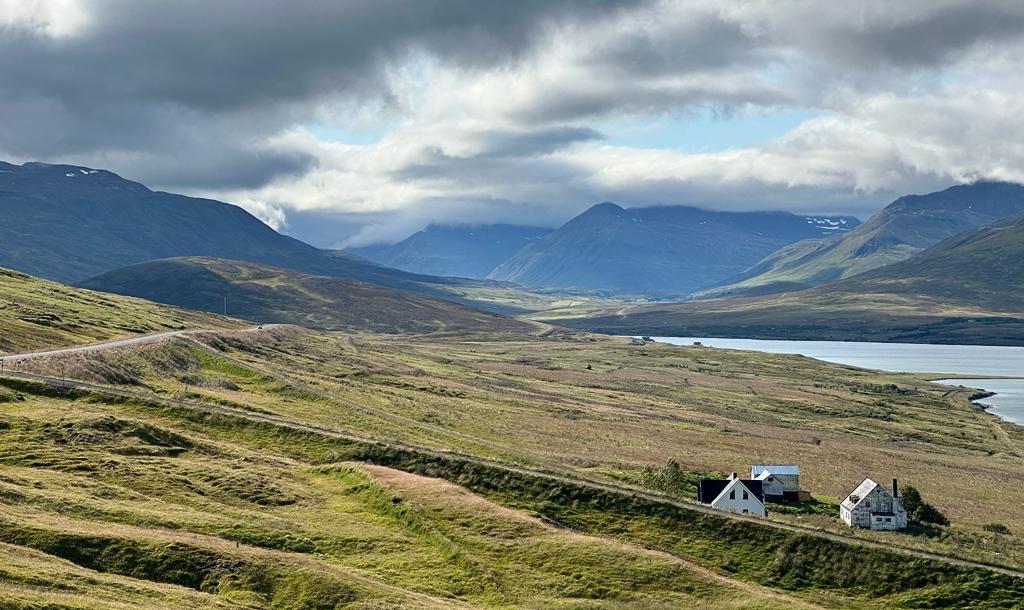
On the way in I saw my first Elf House. Apparently these are all ver Iceland provided by thoughtful citizens for the elves.
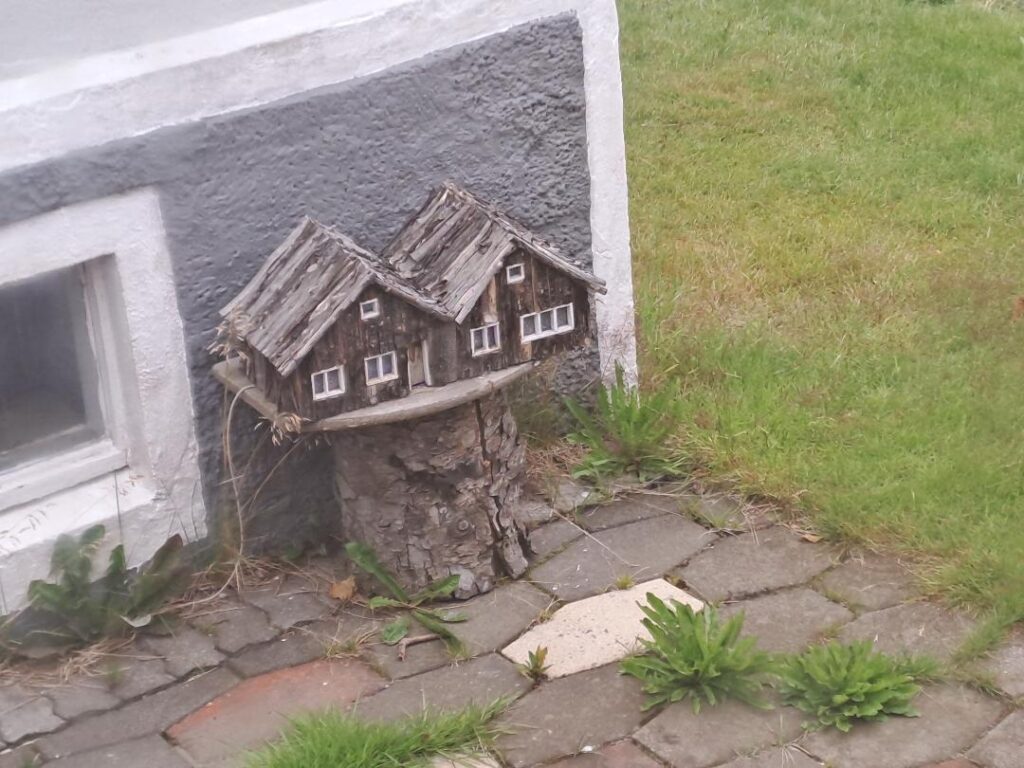
Medieval Icelandic literature describes in great detail the settlement (landnám) of Iceland by the Norse during the 9th and 10th centuries. This Landnámabók strongly verifies that the ‘founding’ settler of the city was Irish Viking, Helgi Magri Eyvindarson. Although a faithful Christian, when guiding voyages, he put his trust into Thor, the Norse God of Thunder. He is fairly respected as Akureyri’s establishing founder, but it is unclear when the name “Akureyri” caught on. ‘Akureyri’ can be roughly translated to “Field Sand-spit.”
1500’s Akureyri consisted of warehouses and shops owned by Danish traders. As Iceland was a Danish territory at that time, and Icelanders were subject to the reigning monarchs. Indefinite residential areas did start up in Akureyri until the first house was built for the Danish Merchants to live, in 1778.
Akureyri was granted municipal charter status 8 years later, in 1786, officially recognizing the area as a settlement. But it was fairly small until 1862 when Akureyri’s first growth spurt began and started attracting residents. Cultivation in the encompassing region served to attract workers and their families, in industries alongside fishing, fish processing, and trade.
In 1940 the Lutheran, Akureyri Church building was completed. The Church of Akureyri is the main church in the city, which looks down on the town’s congregation from the top of a slope. Akureyrarkirkja houses a large organ- with over 3000 pipes, a ship hung from the ceiling to reflect an old Nordic tradition to offer protection at sea and a somewhat-unique take on the crucifixion. Stained-glass windows portray scenes from Icelandic Christian history.
From 1941-1943 during World War II, Akureyri was one of three air bases used by the Norwegian-British No. 330 Squadron RNoAF. Akureyri was an essential locality for the Allies and as a result, the borough expanded considerably after the war, through urbanization.
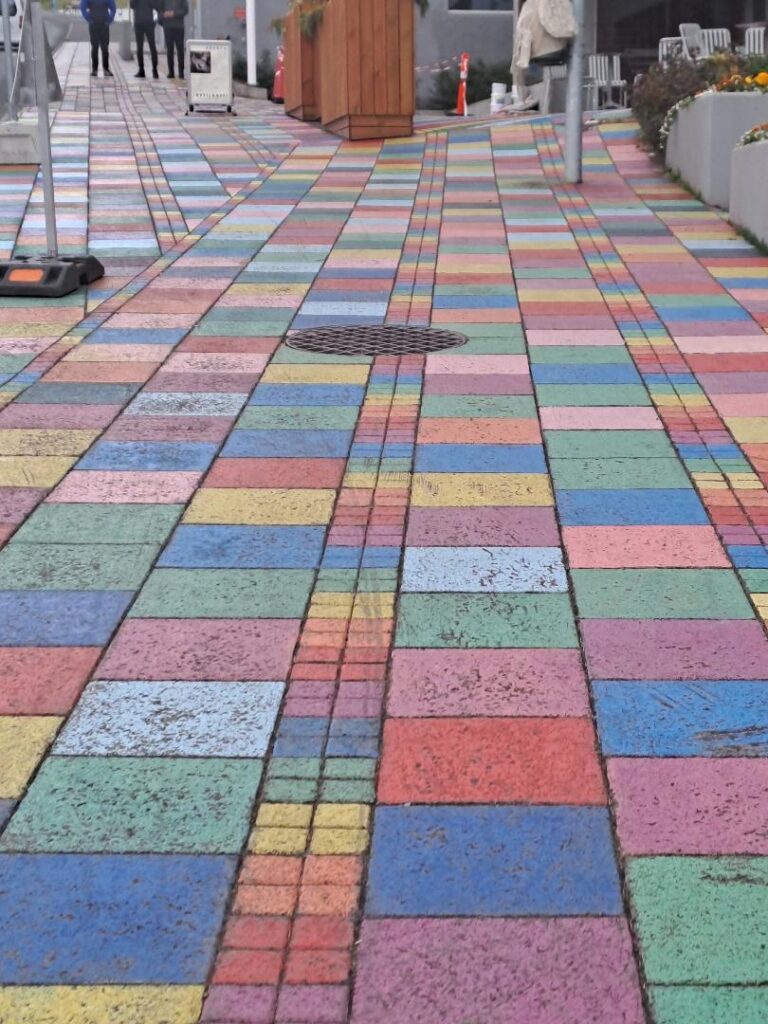


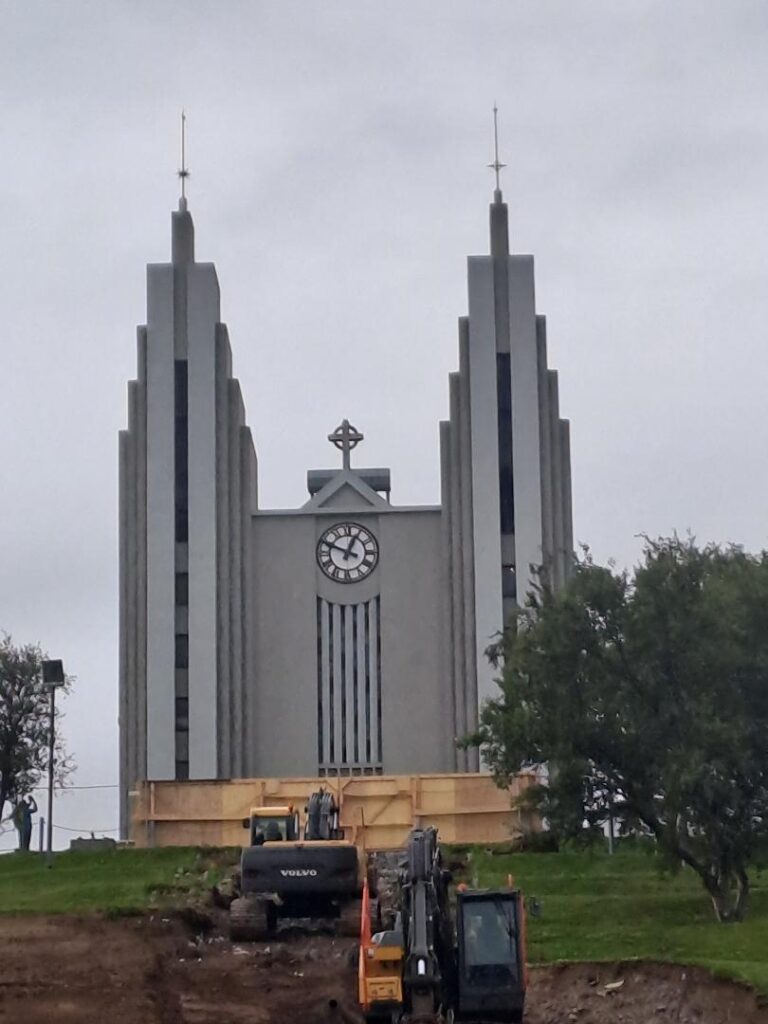
Akureyrarkirkja church is one of the most photogenic photography spots in Iceland and coming from the land of ice and fire, that is very impressive! Completed in 1940 and designed by Iceland’s most renowned architect, Guðjón Samúelsson, the designer of Iceland’s most famous church, Hallgrímskirkja in Reykjavík. Situated halfway up the ridge the Lutheran church looks down on its city.
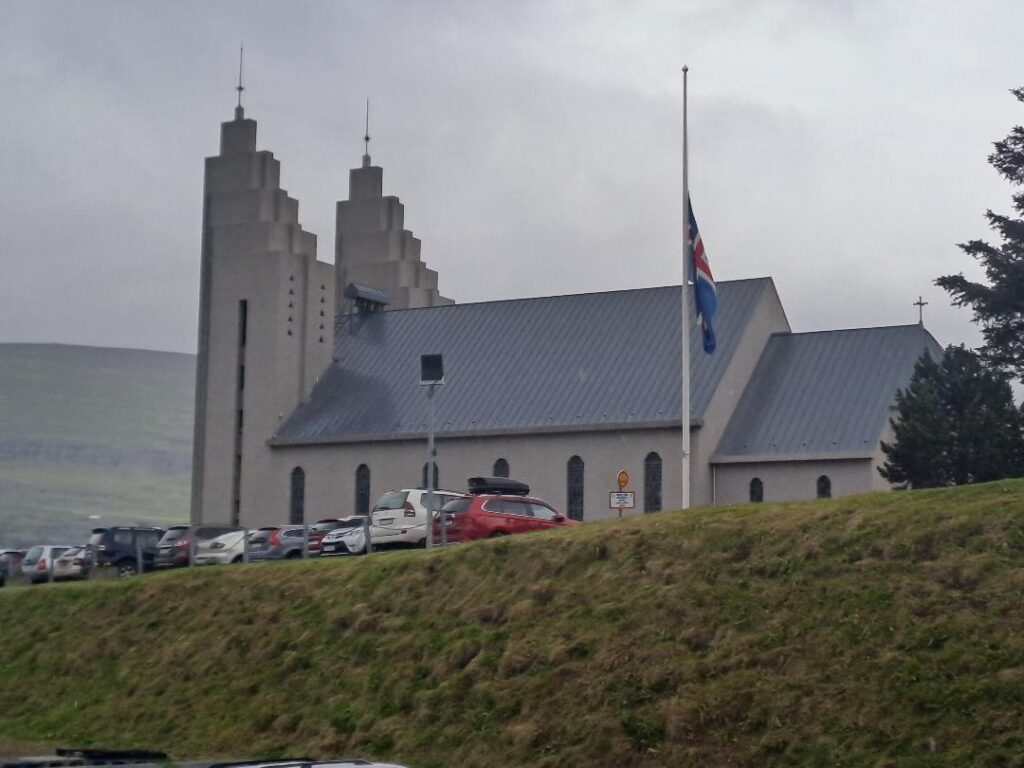
The world’s northernmost botanical gardens are located in Akureyri! The garden is the finished result of the work started by the ‘Park Society’ committee, established by the women of Akureyri in 1910. Officially opening in 1912, the park was created as a place of peace and relaxation and also for scientific research. The project proved that a variety of shrubs, flowers, and trees are capable of growing within this close proximity to the Arctic Circle. Approximately 430 native Icelandic species of plant are thriving as a result of the project.
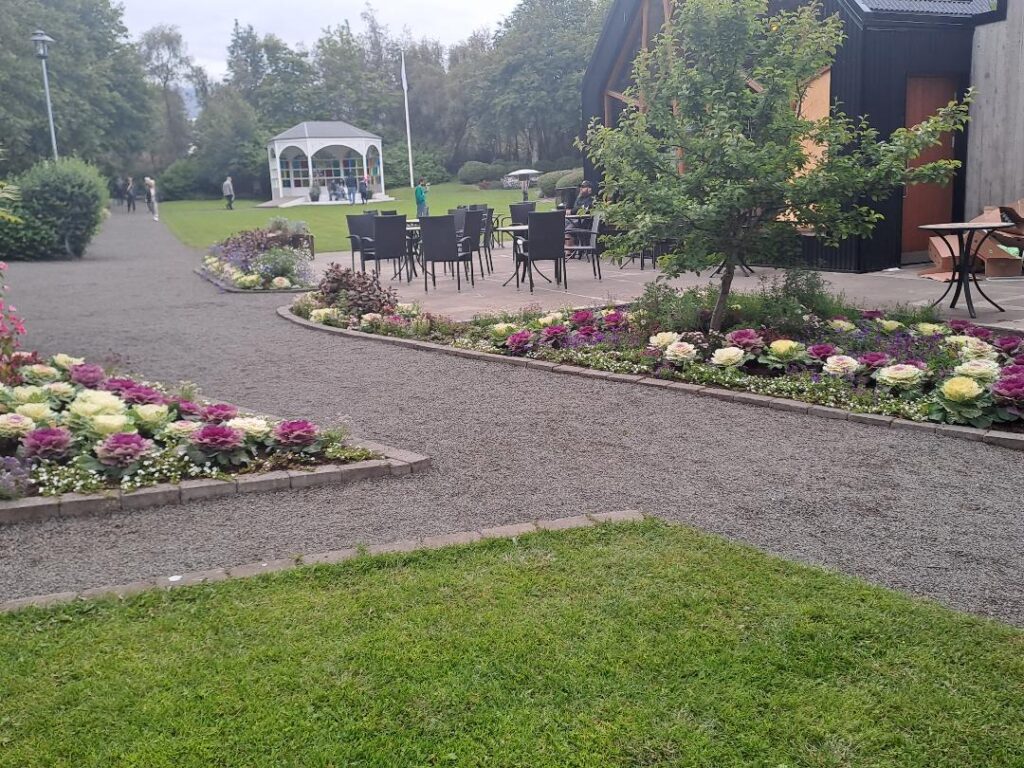
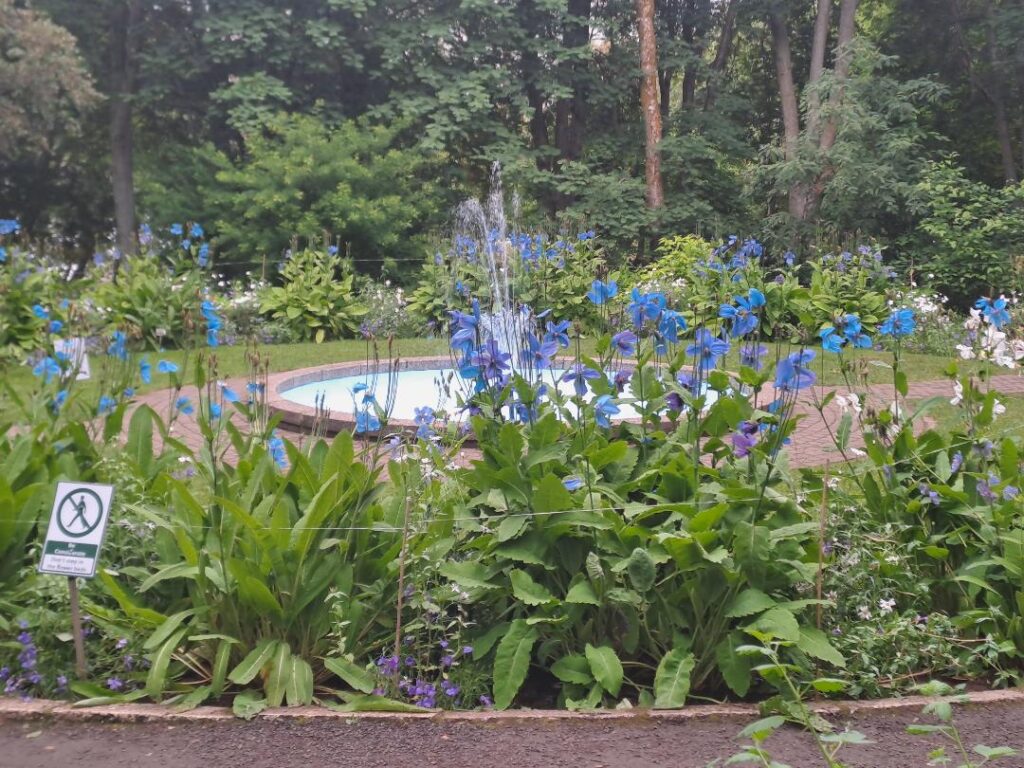
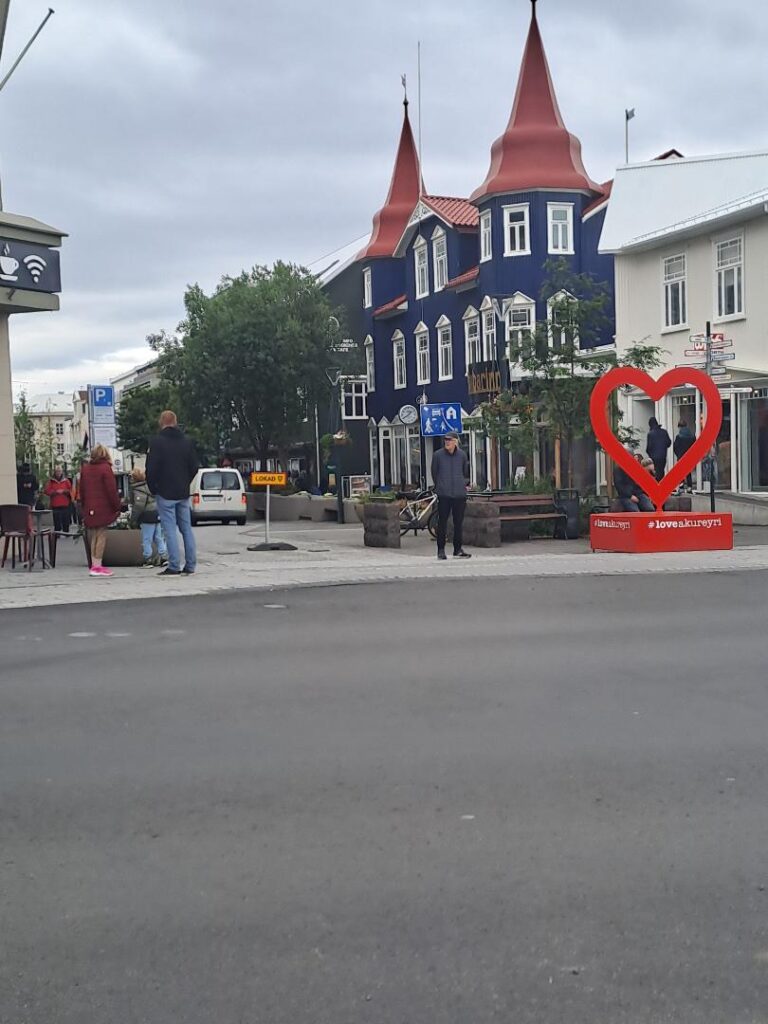
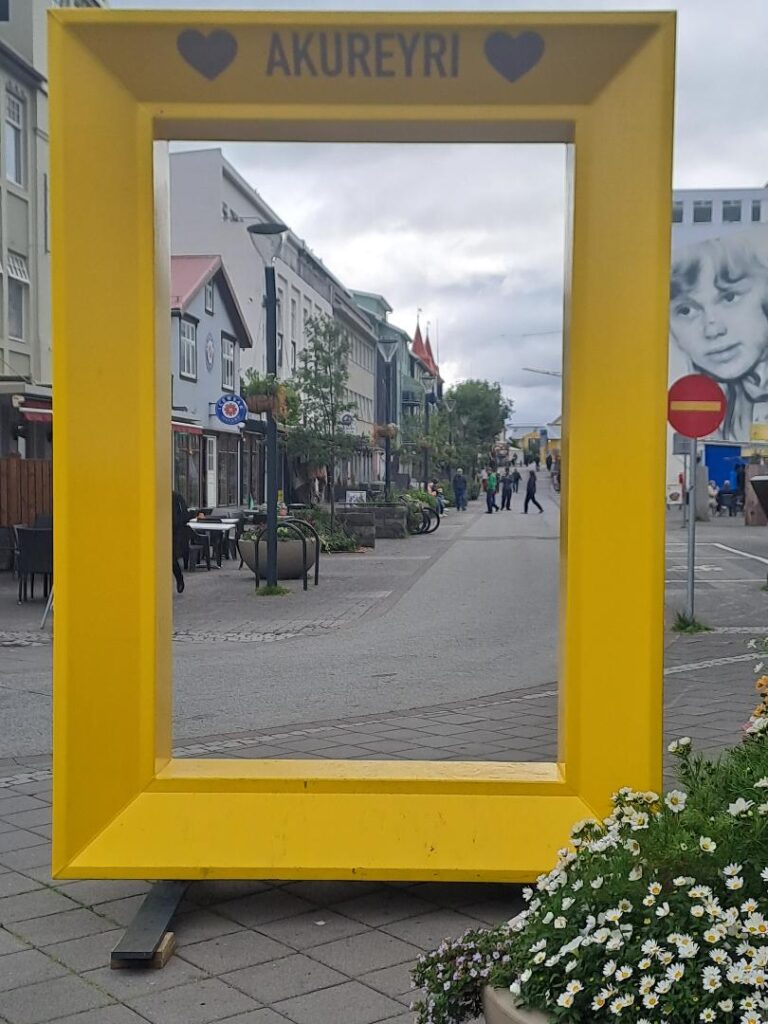
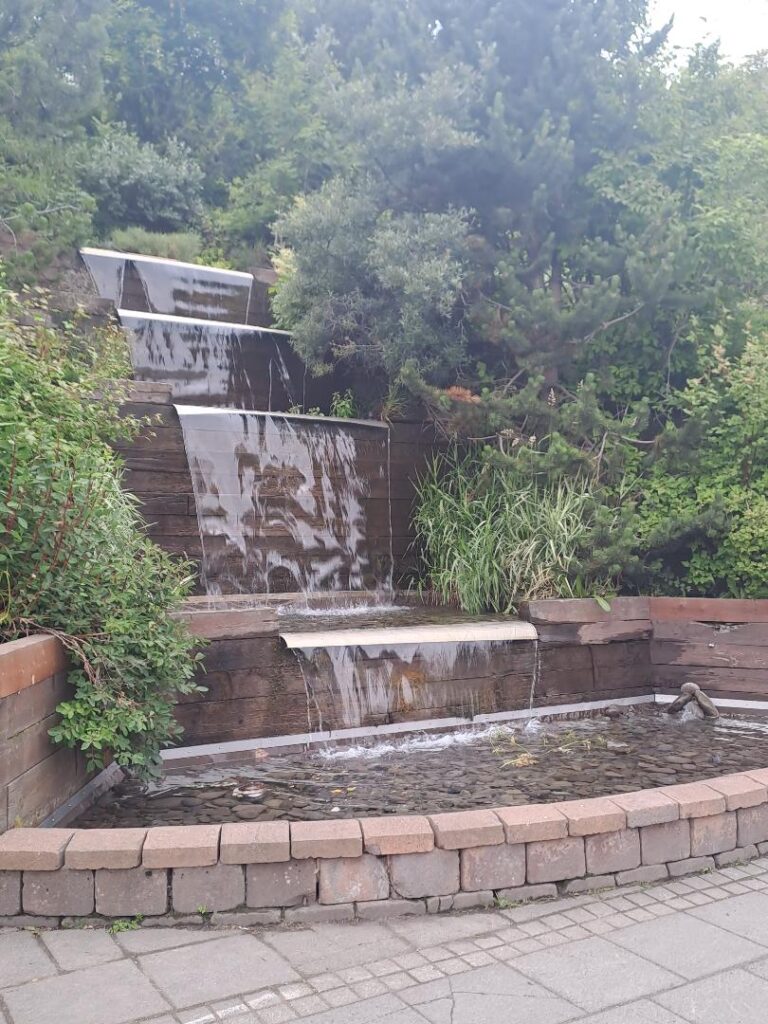

Leave a Reply